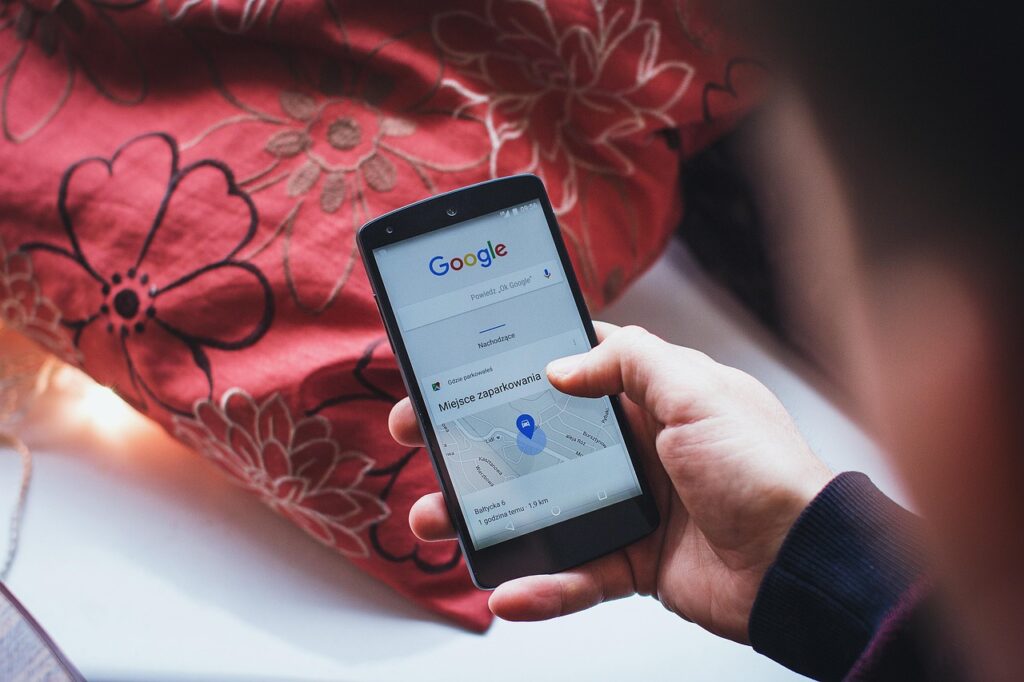Backlink Audit Service for E-Commerce Websites: Why It Matters More Than You Think
A Backlink Audit Service for e-commerce is a specialized deep-clean of the links pointing to your online store. While standard websites worry about traffic, e-commerce sites worry about revenue. An audit involves scanning thousands of product pages, category links, and coupon codes to find “toxic” connections that are secretly hurting your ability to rank on Google.
If you run an online store, you are sitting on a goldmine. But you are also a target. E-commerce websites are uniquely vulnerable to “link rot” and spam attacks. Unlike a simple blog with 50 posts, a store might have 5,000 product pages. This massive size acts like a magnet for bots, scrapers, and ruthless competitors.
If you ignore your backlink profile, you aren’t just risking a drop in readership. You are risking your bottom line. A single penalty from Google can wipe out your Black Friday sales or turn a profitable month into a disaster. Here is why an audit matters more for you than anyone else.
The “Scraper Site” Epidemic
The biggest threat to e-commerce SEO in 2026 is content scraping. Here is how it happens: You upload a new product with a great description and a high-quality photo. Within minutes, automated bots “scrape” (copy) that content and paste it onto hundreds of low-quality “coupon” or “comparison” websites.
These fake sites often include a link back to your product page. To you, this might look like free marketing. To Google, it looks like spam. If your store suddenly gets 5,000 links from low-quality domains in one week, Google’s SpamBrain algorithm gets suspicious. It might think you are paying for link schemes. A professional audit distinguishes between legitimate marketing and this dangerous bot activity.
The Dark Side of Competition: Negative SEO
Retail is war. In highly competitive niches—like fashion, electronics, or supplements—competitors play dirty. “Negative SEO” is alarmingly common in e-commerce. A rival store might buy thousands of “toxic” links (from gambling or adult sites) and point them at your best-selling category page.
Their goal? To trigger a Google penalty that knocks you out of the #1 spot just before a major shopping season. You won’t even know it hit you until your sales flatline. Regular audits act as a shield. They detect these spikes in bad links immediately, allowing you to block them before they do damage.
The Problem of “Zombie” Product Pages
E-commerce sites change constantly. You run out of stock. You discontinue products. You change URL structures. Over time, this creates a mess of broken backlinks.
-
Imagine a popular fashion blog linked to your “Summer Dress 2024” page.
-
You deleted that page in 2025 because the dress is sold out.
-
Now, that valuable “link juice” hits a 404 Error page. It is wasted.
A detailed audit identifies these lost opportunities. It helps you find high-value links pointing to dead pages so you can redirect them to live products. This instantly recovers lost authority and boosts your current rankings.
Why Automated Tools Fail Online Stores
You might think, “I’ll just use a software tool to check my links.” For a small blog, that might work. For a store with 10,000 SKUs, it is dangerous.
Automated tools are bad at context.
-
False Positives: A tool might flag a link from a small “Mom and Pop” blog because the site has low authority. But for a niche store, that is a perfect customer link. If you delete it, you lose a real endorsement.
-
Affiliate Links: E-commerce relies on affiliates. These links often look “spammy” to robots because they use tracking parameters. A human auditor understands the difference between a paid affiliate partner and a spam bot.
This is why you need a human-led Disavow Link service. A professional team reviews the data manually to ensure you don’t accidentally cut off your own marketing partners.
Protecting Your Brand Reputation
Your backlink profile is a reflection of your brand. If 50% of the sites linking to you are shady, foreign-language gambling sites, it hurts your “TrustRank.” Google wants to send shoppers to safe, reputable stores.
If your “neighborhood” looks dangerous, Google will hesitate to rank you for sensitive keywords (like credit card payments or health products). Cleaning up your profile tells Google, “We are a legitimate business, and we keep good company.”
How Often Should E-Commerce Sites Audit?
For a standard website, a yearly check is fine. For an e-commerce site? Quarterly is the minimum. If you are a large retailer, you should likely do it monthly.
Why so often? Because the speed of retail is fast. You are constantly adding products, running ads, and gaining new mentions. The faster you grow, the faster the “link rot” accumulates. A regular schedule ensures that your growth is never hindered by the weight of bad links.
The ROI of a Clean Profile
Think of a backlink audit as maintenance for your digital storefront. If you ran a physical shop, you would clean the windows and sweep the floor every morning. You wouldn’t let trash pile up in the entrance, blocking customers.
Toxic backlinks are digital trash. They block Google from seeing the true value of your store. By investing in a professional service, you aren’t just “fixing SEO.” You are securing your revenue stream. You are ensuring that when a customer searches for your product, you are the one they find—not your competitor.
Frequently Asked Questions (FAQs)
1. What is a “Toxic” link in e-commerce? A toxic link is any inbound link that harms your site’s reputation. For stores, this often includes links from low-quality coupon aggregators, scraper sites, or irrelevant directories (e.g., a car parts site linking to a beauty store).
2. Will an audit help recover lost sales? If your traffic drop was caused by an algorithmic filter due to bad links, then yes. Removing those links allows your rankings to bounce back, which directly brings customers back to your store.
3. Do affiliate links count as spam? They can if not handled correctly. Google requires paid or affiliate links to have a rel="sponsored" or rel="nofollow" tag. An audit checks if your affiliates are following these rules to prevent penalties.
4. Can I just disavow all low-authority links? No! This is a huge mistake. Many valid customers have small personal blogs or forums. Linking from them is natural. If you mass-delete these, you look unnatural to Google. Only disavow truly harmful sites.
5. How does a Disavow Link service work? The service analyzes your profile, identifies the harmful domains, creates a specifically formatted file (.txt), and uploads it to Google Search Console. This tells Google to ignore those bad links when calculating your store’s rank.
6. Is this necessary for Shopify or WooCommerce stores? Yes, the platform doesn’t matter. Whether you use Shopify, Magento, or WooCommerce, Google ranks your domain the same way. All platforms are equally vulnerable to external spam links.


